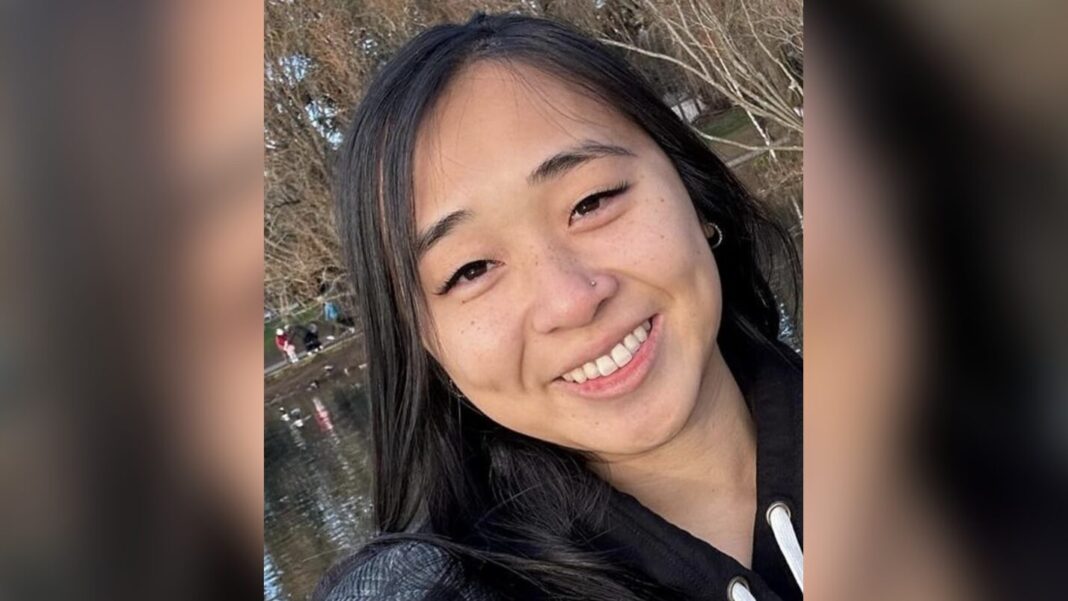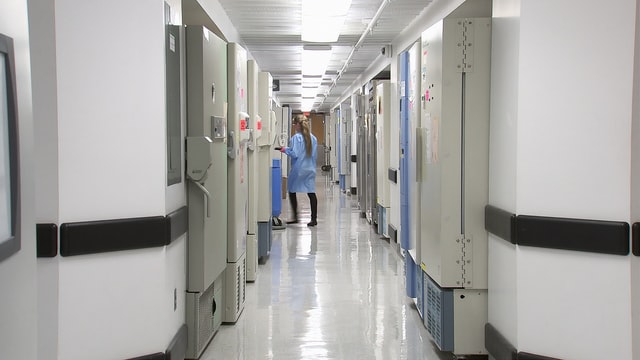Hawaii’s healthcare industry is facing significant turbulence as the Hawaii Nurses’ Association (HNA) and Kapi‘olani Medical Center continue their contentious contract negotiations. At the heart of this dispute are issues that have long plagued the nursing profession nationwide: unsafe staffing levels, worker burnout, and retaliatory practices. The potential fallout is a looming strike that could leave the hospital scrambling to fill critical care gaps, with the nurses alleging unfair labor practices and unsafe working conditions.
The Conflict
Negotiations between the HNA, representing approximately 600 nurses, and Kapi‘olani Medical Center have been ongoing for months, yet key issues remain unresolved. The primary point of contention is the hospital’s staffing policies, which the union argues place an undue burden on nurses and jeopardize patient care. In particular, HNA has been advocating for stricter nurse-to-patient ratios, especially in high-stress areas like intensive care units, where the stakes are highest.
Nurses claim that the current staffing model, which uses a “staffing matrix” proposed by Kapi‘olani, lacks the necessary protections to ensure safe patient care. The matrix approach, while offering flexibility, allows management to adjust staffing levels based on fluctuating needs. According to the nurses, this leads to chronic understaffing, forcing them to work long hours without adequate support. HNA is pushing for firmer staffing ratios that cap the number of patients assigned to each nurse, a common demand in healthcare labor disputes as nurses fight to prevent burnout and safeguard patient safety.
Threat of a Strike
If negotiations fail, the nurses are prepared to initiate an “unfair labor practice” strike. This type of strike, which focuses on protesting the hospital’s alleged retaliatory practices, could commence as early as Friday. The union has filed a complaint with the National Labor Relations Board (NLRB), accusing Kapi‘olani of intimidating nurses who filled out staffing concern forms, a legal process that allows healthcare workers to formally report unsafe conditions.
Rosalee Agas-Yee, president of HNA, emphasized that the strike is not solely about pay or benefits, but about creating a safe working environment for nurses and patients alike. “The retaliation continues,” Agas-Yee said, referencing the hospital’s threats of an indefinite lockout, which would prevent striking nurses from returning to their jobs once the strike concludes. This tactic, the union argues, is a form of intimidation aimed at undermining collective bargaining efforts.
Hospital’s Response
Kapi‘olani Medical Center has strongly denied these allegations, with Chief Operating Officer Gidget Ruscetta expressing confidence in the hospital’s legal standing. Ruscetta reiterated that the hospital is committed to reaching an agreement with the union, citing “productive conversations” during recent meetings. However, if the strike proceeds, Kapi‘olani has indicated that it will hire temporary staff to maintain operations and ensure patient care is not compromised.
“We are confident in our legal position and have always aimed to negotiate in good faith,” Ruscetta stated. “We remain committed to ensuring our nurses have the resources they need, but we must also ensure we can be flexible to meet the changing needs of our patients.”
Broader Implications
This labor dispute is not an isolated incident. Across the United States, hospitals and nursing homes have faced growing pressure to address staffing shortages that were exacerbated by the COVID-19 pandemic. Nurses, who bore the brunt of the healthcare crisis, have increasingly demanded changes to working conditions to prevent burnout, improve patient outcomes, and reduce turnover rates.
According to a report by the American Nurses Association, nearly half of all nurses have considered leaving the profession due to overwhelming workloads and inadequate staffing . These concerns are echoed in Hawaii, where the state’s aging population has put additional strain on an already stretched healthcare workforce. The HNA’s demands reflect the growing frustration among healthcare workers who feel that their concerns are being ignored, even as the public recognizes the vital role nurses play in patient care.
Moving Forward
Negotiations between HNA and Kapi‘olani Medical Center are set to continue, with both sides expressing a desire to reach an agreement. However, the threat of a strike looms large, and the outcome will likely have lasting repercussions for Hawaii’s healthcare landscape. Whether the two parties can find common ground remains to be seen, but the stakes are high. If no agreement is reached by Thursday, Hawaii could see hundreds of nurses walking off the job, putting immense pressure on a healthcare system already struggling to recover from the pandemic’s impact.
For now, all eyes remain on the negotiation table, with the hope that both sides can broker a deal that ensures safer working conditions for nurses and better care for patients across Hawaii.




